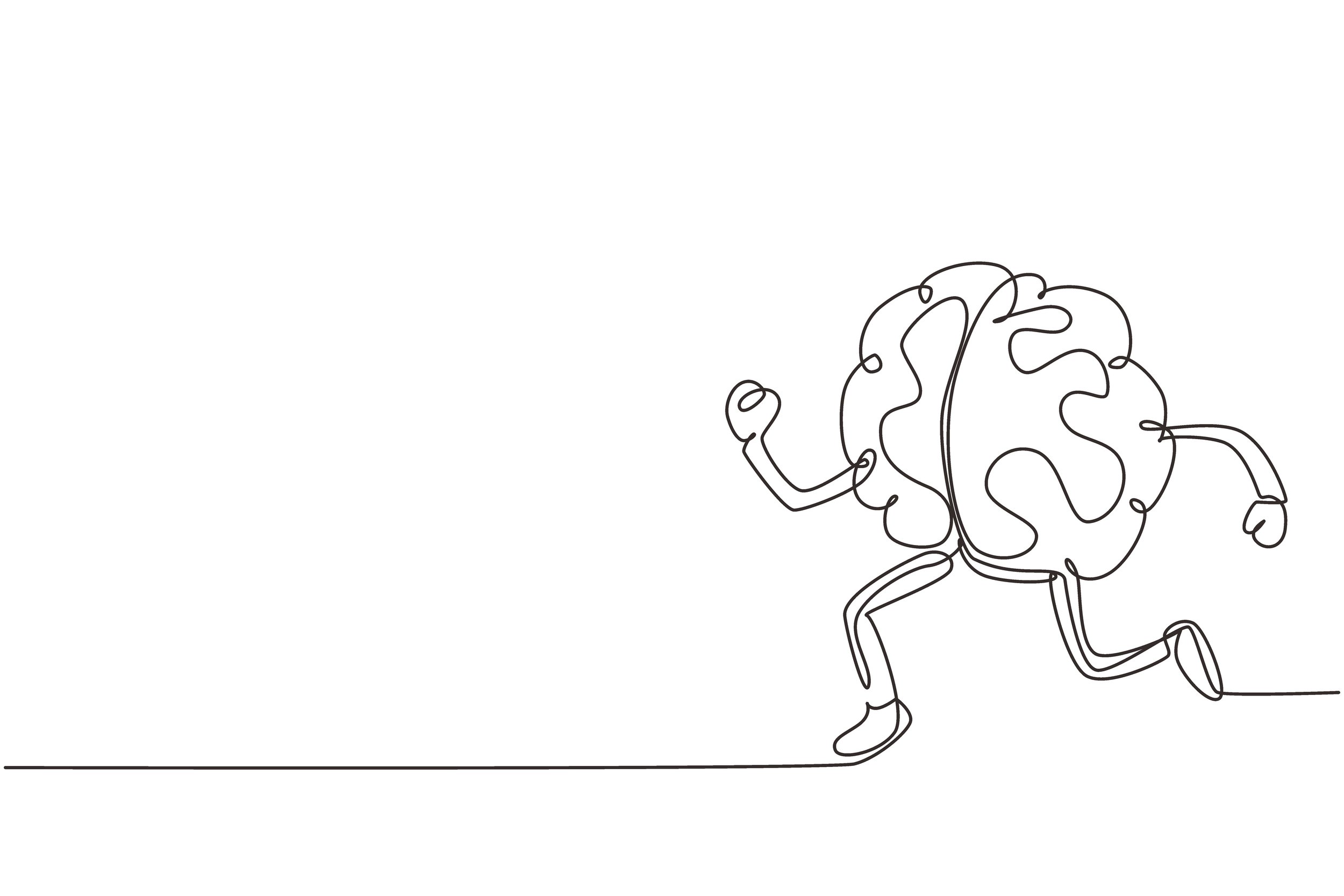Sharpen Your BLADE: A Framework for Transforming Reactions into Responses in Mental Fitness Training
As a Board Certified Coach with a fair amount of my practice centered in the Mental Health Coaching space, I understand the importance of mental fitness and work as a thought partner with my clients to improve their overall well-being. One key challenge in this rapid-paced world that is common is that many of us simply don’t know how to train our Mental Fitness.
Just like physical fitness requires consistent training and practice, so too does mental fitness. Here is a simple yet powerful tool that can be utilized in practice by coaches or individually to empower movement from reaction to response positively and sustainably. Practice sharping your BLADE:
Breath
Label it
Ask yourself why
Develop a response
Empower yourself to act
Let's delve into each step of BLADE and explore how it can be used to sharpen mental fitness:
1. Breath:
We often underestimate the transformative power of a single breath. When faced with a challenging situation, our bodies naturally react with a fight-or-flight response, leading to physiological changes like increased heart rate and shallow breathing. Taking a few deep, mindful breaths activates the calming parasympathetic nervous system, bringing the body back to a state of balance allowing for clearer thinking and more thoughtful responses.
2. Label it:
Once we've calmed ourselves through mindful breathing, the next step is to label the emotion we're experiencing. It is important to get specific with our labeling and identify the root. Is it anger, frustration, sadness, or something else? Cycling through options to make certain not to mislabel our reaction is valuable. For example, a first reaction may be “I am Angry”, but if I ask myself to consider other emotions that may be more accurate, I may land on the root as “I am frustrated.” By acknowledging and appropriately naming the emotion, we remove its power to control us and gain a sense of perspective.
3. Ask yourself why:
Now that we've labeled the emotion, it's time to explore, preferably with curiosity over criticism, and ask yourself: "What triggered this emotion in me?" "What underlying belief or thought pattern is contributing to this feeling?" “What value of mine is this bumping up against?” By digging deeper, we can identify the source of the emotion and challenge any unhealthy thoughts or limiting beliefs associated with it.
4. Develop a response (not a reaction):
Armed with a better understanding of the situation and our triggers, we can now develop a healthy and constructive response. A response is something that moves us closer to what we want to accomplish. In this step, practicing self-compassion, engaging in a calming activity, setting a boundary, or initiating a conversation could be examples of our newly found responsiveness. The key is to choose a response that aligns with our values and empowers us to move forward positively.
5. Empower yourself to act:
Finally, it's crucial to translate intention into action. This step often presents the biggest hurdle, but taking even a small step in the direction of your chosen response can be immensely powerful. Small goals allow us to savor our progress and actively measure if we are moving closer to or further from the larger goals. Remember to celebrate our efforts, no matter how small, as we build our confidence and self-efficacy through the process.
Sharpening Your BLADE:
Think of BLADE as a mental fitness tool that you can use to continuously train and refine. By incorporating this framework into your practice, you'll equip yourself and others with the ability to navigate challenging situations with greater awareness, control, and resilience. Remember, just like building physical strength takes time and dedication, so too does developing mental fitness. Adding the practice of BLADE, along with other evidence-based strategies can empower you to move beyond reactive patterns and cultivate better mental fitness in the process.


